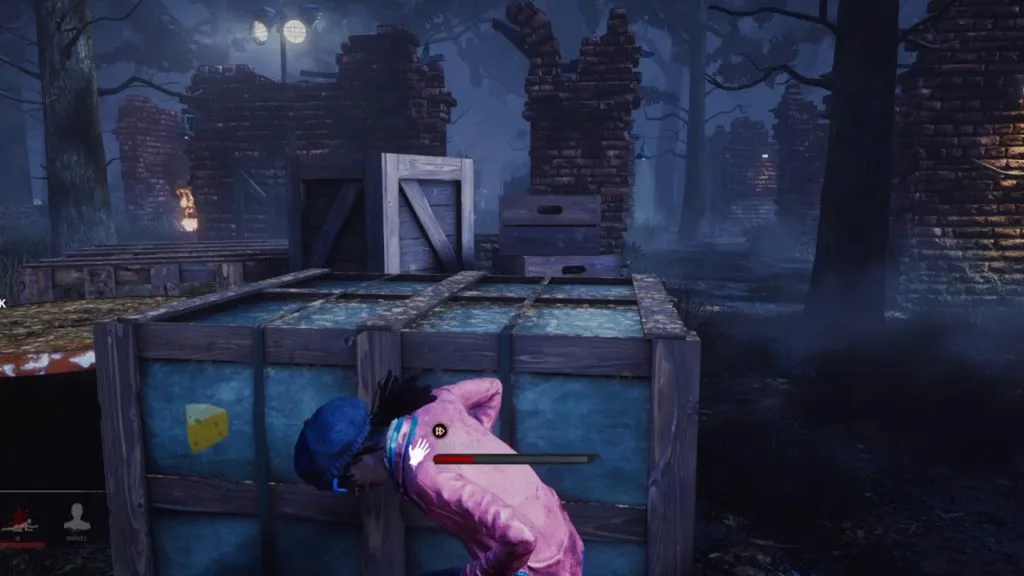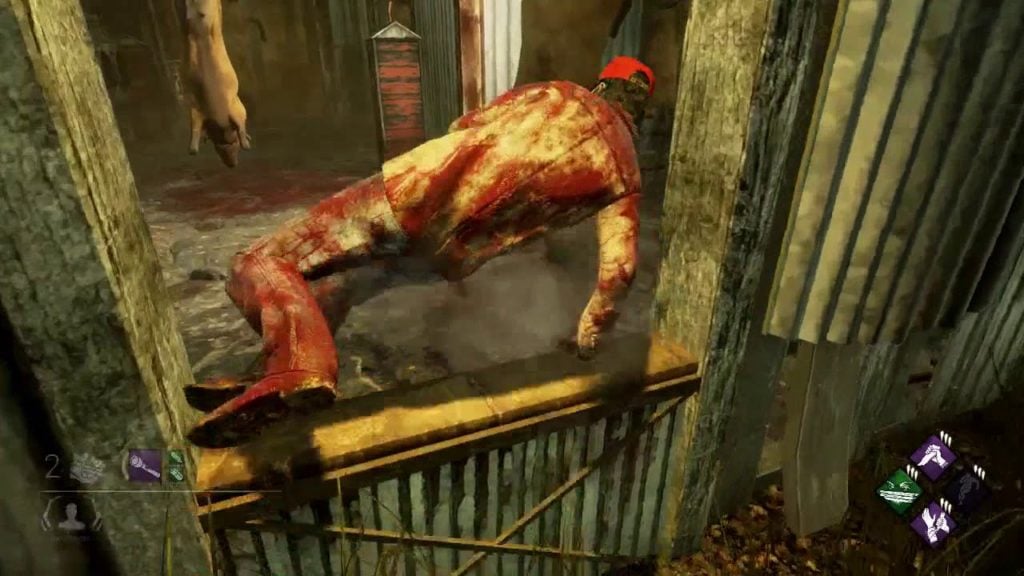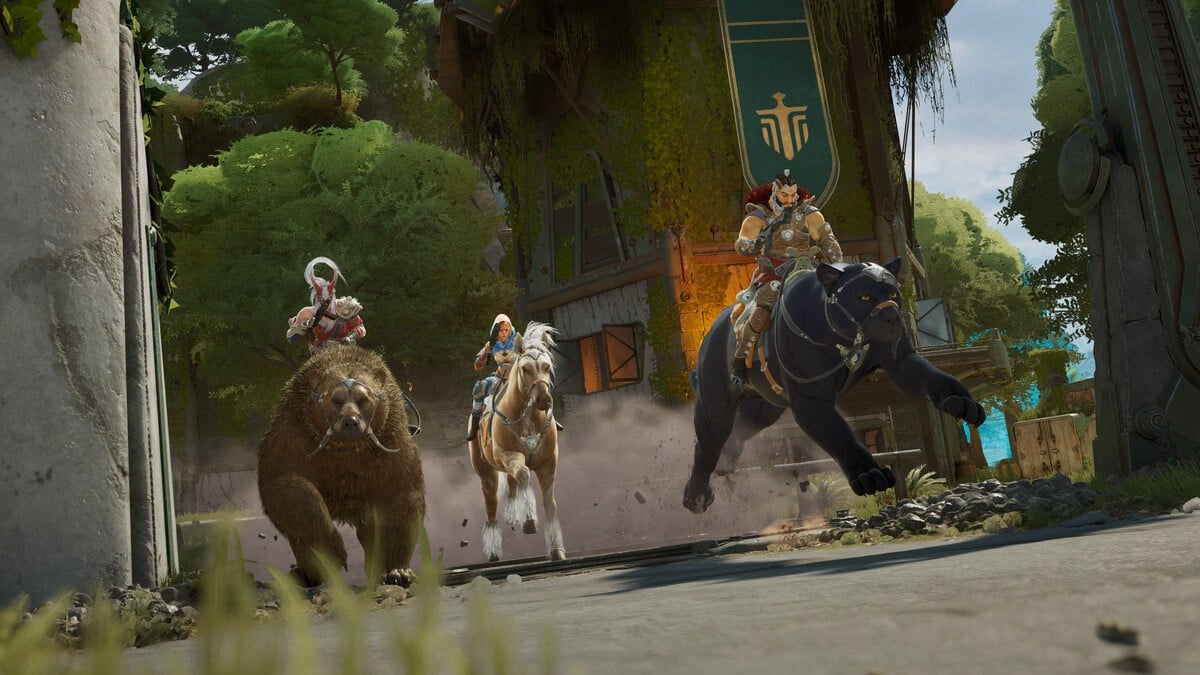If you want to succeed when playing as a survivor in Dead by Daylight, you are going to have to learn and get better at looping. While looping the killer is definitely an intimidating task, it is well worth the effort it takes to learn this skill.
Learning how to loop will help survivors draw significant distance from the killer and prevent them from getting hurt. Survivors need to use everything available in their immediate environment to their advantage, such as vaults, pallets, and walls in order to successfully loop the killer and increase their odds of winning every trial.
Every survivor has resources at hand that can increase their chances of bringing their team to victory. However, knowing when to use these resources, and how much, is a skill in itself. Even though looping is such a useful tool, it can be daunting to tackle as a newbie survivor, especially when you cannot manage to optimally use the resources at hand.
Here is how you can begin looping, as well as hone the skill as a survivor in Dead by Daylight.
How to loop in Dead by Daylight

Think of the days back when you were a kid and had your friends try to catch you during a game of tag, when you found a large object, like a table, that you could keep looping around which prevented your friends from tagging you as ‘it’. That is basically the same idea you need to implement in Dead by Daylight as the base for looping.
Find an object in your surroundings that will give you a comfortably long loop that would make the killer have a tougher time reaching you, such as a car or a semi-truck, and keep looping around the object, switching the direction of your loop if the killer does it first. There are other methods of looping and making your escape from the killer easier, as well as some objects that are more ideal than others for looping, which we will detail in our looping tips below.
Tips to get better at looping in Dead by Daylight

Don’t go crazy with the pallet-dropping
Beginners are very likely to use a pallet if there is one nearby the minute the killer gets a little too close for comfort. This isn’t the best idea, as there are only a limited number of pallets on a map, and it is very easy to be wasteful with the pallets.
Pallets are one of the resources in your arsenal that need to be used wisely in order to increase your team’s chances of winning. One way to do this is to find an object that has a pallet attached to it and keep running around the object as the killer chases you. If the killer gets too close to you, drop the pallet to buy you some precious time and make your escape.
Make sure to use pallets only when they’re going to stun the killer, or if you’ve already been injured/hooked twice. Note that dropping pallets will also remove any speed boost that you previously had.
Differentiate between the safe and unsafe pallets
Something that players don’t realize in the beginning is that there are two different types of pallets: safe and unsafe. The safe pallets create a more ideal loop around the object since the killer has to break the pallet completely to get to you, while the unsafe pallets have enough space around the ends of it for the killer to simply move around the pallet.
Make sure to use unsafe pallets only when you can afford to, and use the safe ones when in dire situations.
Make use of window vaults
Window vaults can be used an infinite number of times during any given trial. Double L-Walls, Buildings, and Jungle Gyms can all feature window vaults that will help you to loop more effectively and increase your chances of survival. One thing you need to note, however, is that fast-vaulting a window three times while being chased will block the window for 30 seconds.
There are three different speeds at which a survivor can vault through a window: slow, rushed, and fast. Slow vaulting is ideal when trying to hide and sneakily get away from the killer, and can be performed only while walking.
Rushed vaults take place when a survivor runs towards a window but vaults it at the wrong angle. These vaults are not ideal and could be the reason the killer gets in a hit on you. Fast vaults are done when a survivor runs to a window and vaults it at the right angle, drawing the most distance from the killer.
Keep in mind that vaulting will also remove any speed boost that you previously had.
Use the most optimal perks
Optimal, in this case, means the perks that will objectively be more helpful during trials while also fitting your playstyle, and figuring out the perks which can fit these criteria for you will be invaluable as a survivor.
David King’s Dead Hard is a perk that is unanimously valued by survivors everywhere. During the injured state, survivors can rush forward and gain brief invincibility, letting them escape to safety. Laurie Strode’s Decisive Strike is also a very useful perk, which requires a skill check to use, which successfully completing can save you from the killer when they pick you up, stunning them in place.
An example of a non-optimal perk is Jake Park’s Saboteur. This perk lets the player see the aura of all hooks in a certain range when another survivor is picked up by the killer, letting the player destroy the hooks. While this perk works theoretically, in reality, predicting the hook that the killer is going to use as well as sabotaging it in time can be tough.
Additionally, the killer can simply just use a different hook even if you manage to sabotage the right one. Lastly, equipping any toolbox will let you gain the sabotage ability, making this perk effectively useless to acquire and use.
Outsmart the killer
Killers can trick survivors on loops with advanced strategies. They may employ moon-walking, hiding their red stains, and pinning you down into nonoptimal positions to get a hit onto you.
A lot of killers have unique powers that help them during the chase as well, and you as a survivor need to be proactive, outsmart the killer, allocate and use your resources wisely while constantly keeping an eye on the killer to make sure you bring you and your team to victory.












Published: Jun 22, 2022 08:41 am